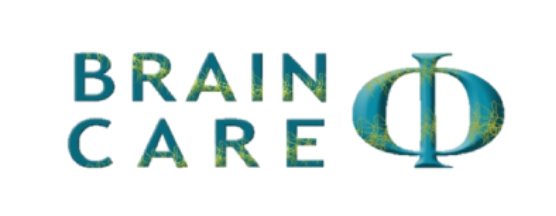
qEEG and Neuromodulation - FAQ
Put simply, neuroplasticity is the capacity of the brain to heal itself by finding new neurological paths. Neuromodulation -often called neurofeedback, biofeedback or neurotherapy- is the technique used to show the brain how to find and reinforce its own new path. Both qEEG and Neurotherapy have existed and evolved for decades, with rapid technological advances improving our understanding of the brain functioning.
Am I eligible for Brain Mapping?
Anybody can be eligible for Brain Mapping, however not everybody needs one. A qEEG assessment is better indicated for persisting conditions, especially when they have a negative impact on an individual’s capacity to lead a productive, healthy life in the longer term. For temporary life difficulties, perhaps counselling alone is the best course of action. A psychologist will be able to suggest the best choice for you.
How is a qEEG Assessment conducted?
Our team members will indicate how you need to prepare, for example whether you can drink coffee or take medications the day of the assessment. Normally a patient needs to come to the clinic free of makeup and hair lotions, which may disrupt the electrodes’ connectivity. The process is pain-free and non-invasive , meaning the patient will wear a cap with electrodes, and sit with eyes open or closed for a few minutes while the clinician captures the reading for a few minutes. While the reading itself is short, the consultation will normally go for about two hours. The only ‘discomfort’ may occur from gel residue in your scalp after the assessment, resulting only in a ‘bad hair’ day. Often Brain Mapping will be performed in combination with a cognitive assessment, needing another two hours at the clinic. They can be done together on the same day, or independently in separate sessions.
I have had a qEEG Assessment done, what’s next?
It may take a few days to get your results completed at the clinic. Once they are done, your clinician will explain what they mean. Your unique results will be the basis to determine an individualised Neurofeedback protocol for you, including number of sessions, duration of each, and their frequency.
How is Neurofeedback performed?
A patient will sit comfortably and be presented with audio and/or visual stimuli, for example by watching a movie or listening to music, while connected to the equipment by a few electrodes. The signal produced by a patient will inform the clinician about the brain’s behaviour. This feedback will determine the quality of sound and/or image: a better quality means the right signals are being produced, and a lesser quality means the brain is utilising the old patterns that need to be changed. A clinician is trained to coach the client towards producing the desired signals.
I am concerned about not being able to control my brain response, what should I do?
You don’t need to do anything. These processes happen unconsciously and naturally, without any effort from your part. If you have any difficulties or feel tense about the display, your clinician will guide you towards being relaxed and just being focused on the movie. If this becomes stressful in any way, please talk to you clinician, who can then make the necessary adjustments to make you comfortable.
Will I receive an electrical discharge? Is it painful?
The answer to both questions is no. There is often a misconception that small electrical impulses will be conducted towards your brain. This is NOT the case with Neurofeedback, just like it is not the case with qEEG Assessments either, because all the signals are transmitted from the individual to the equipment, and not the other way around. The changes in volume and image in the display only act as a reward system to encourage the production of the desired brainwaves, however all the work is completely done by the patient, so this is a non-invasive, pain-free therapy.
How long does it take to see improvement, and how long does it last?
Most patients report improvement in symptoms after 5 or 6 sessions, however each brain is unique, and so each journey is unique. The positive effects of neurofeedback are long-lasting, as demonstrated by science in many studies during recent decades. Stopping the sessions will more likely result in seeing no improvement on current symptoms, however stopping sessions is not harmful in any way.
Are there any negative side effects to neurofeedback?
There are no known negative side effects to neurofeedback. Some patients may report feelings of tiredness or sleepiness after completing a session, but this is not harmful for the brain.
Should I stop taking medications while I attend neurofeedback sessions?
Each client has an individual journey, and there are many medications which may affect people differently. Our clinicians will be able to speak to you about your personal circumstances.
Want to know more? These are some of our Success Stories. You can also Contact Us.
If you have not done so, please read about the core concepts of qEEG and Neuromodulation or learn how we process both the assessment and the therapy at Brain Care. Otherwise, please keep reading our FAQ section.
Why Brain Care?
We have been practicing neurofeedback for 17 years, and as part of our approach, we have maintained close relationships with several associations dedicated to the research and development of this therapy in Australasia. We also work with several of the world’s leading experts in this area, and the latest tools developed by available technology. Our most senior psychologist is an approved supervisor of Neurofeedback Practitioners in NSW, and has made several publications about the subject.
Contact Us


